Puberty can be an uncomfortable topic for parents and kids, even though it’s something that everybody goes through. Your child becoming an adult should be something that’s celebrated and talked about, not hidden away. In today’s article, we are going to discuss how to teach kids shaving and talk to your kids about hygiene. So let’s dive in!
Related Reading:
- 10 Best Movies for Father and Son
- Talking About Birds and Bees (sex) to Your Kids: Tips for Every Parent

Table of Contents
Young Teens (12-14)
According to CDC, kids have rapid physical, mental, emotional, and social transformation in this period by hormonal. Most boys develop facial and pubic hair, and their voices become deeper. The majority of girls develop pubic hair and breasts and begin their period. Many of them are concern about these changes and how others perceive them.
This is also a time when your teen may face peer pressure to use alcohol, tobacco, and drugs, as well as sex. Other difficulties include eating disorders, depression, bullying, and family problems. Teens make more independent decisions about friends, sports, studying, and school at this age. They become more self-sufficient, with their own personalities and interests, though their parents remain very important.
Related Reading:
- What Should Parents Do? A Story about Kids Lie and Sibling Fight
- What to Do When Family Members Hurt You
- 8 Practical Tips to Help Teenagers in Career Selection

Behavior Changes
- They show more concern for body image, appearance, and clothing.
- Concentrate on themselves; oscillate between high expectations and lack of confidence.
- They feel more moodiness is.
- Increase interest in and influence over their peer group.
- Express less affection toward parents; may appear rude or short-tempered at times.
- Feeling stressed as a result of more difficult schoolwork.
- Develop eating disorders.
- Feelings of sadness or depression
When to Teach Kids about Personal Hygiene and Shaving?
Normally around 12 to 14, but it also depends on the kid. When your child starts to show signs of change, reassure them that it’s all 100% normal. Maybe even share your own stories from when you were younger to make them feel a little better.
As describe above, puberty isn’t just about physical changes, more on mental changes as well. The list goes on: thoughts, anxiety, stress, excitement, nervousness, arousal, shame. It’s crucial to create an environment where your kid feels like he or she can approach you and talk about anything openly without judgment. Shaving is a important part as kids are shifting their focus on the body appearance. This isn’t always easy, especially if the topic isn’t positive, but a good reaction from a parent makes a massive difference to a child’s self-esteem.
So, to answer the question, when you start noticing any changes, especially physical, it’s time to sit down and teach kids shaving. For more on how to handle the puberty discussion, check this out.
How do You Approach the Puberty Talk?
Open and Normal!
It’s crucial to talk openly and positively about puberty including teach kids shaving. After all, it’s a normal part of life. Related with our own puberty, think back to how it felt not being able to talk about the changes you are experiencing. It’s not a pleasant experience.
A ‘nothing is off limits’ attitude helps to take some of the awkwardness out of the situation.
Something that’s usually quite helpful is trying to have the conversation between father to son or mother to daughter. This is just because usually, kids are more comfortable talking about their bodies with parents of the same sex. Having said that, I know that many single parents are out there, so it’s not always possible to have ‘the talk’ father to son or mother to daughter. It’s not crucial, so don’t worry too much if it’s impossible to have the conversation man to man or woman to woman.
To make things easier, here is a list of things that may help to make ‘the talk’ easier:
- Start with a casual talk and share some of your own experience when growing up, even the embarrassing ones. It will make your child feel like he/she/they are not alone
- If you are uncomfortable, probably search some short videos and watch together.
- Be a listener, whenever your child comes to you with something personal, make sure you pay them the attention they deserve. They will be more likely to come to you with things in the future.
- Don’t sugarcoat things. Talk like a grown-up, and use the grown-up words for various body parts. After all, your kids already know more than you think from school.
- Tell them that what they are feeling is all normal
If you want more information about the puberty talk, then Check this out.
Time are changing
Before we get into the teach kids shaving section, I just wanted to send a little message about body hair. For us as parents, female body hair was a big no-no, and male body hair was okay. Thankfully, society is changing, and female body hair is becoming more acceptable.
It’s an outdated idea that women should always be clean-shaven. After all, body hair is natural, although there are shaving tutorials below. These are not rules! If your son or daughter chooses not to shave, then it’s okay. Still, teach them how to shave, so they know how to do it, but focus more on body hair care and grooming. The following sections are geared more towards a wet shave, as electric razors tend to be self-explanatory! But I’ll include a little area for electric razor users too.
Teaching a Boy to Shave
As an adult, shaving is a part of daily life for most people. But for tweens, it’s a big deal, so make it fun! Teaching a boy to shave is a milestone in becoming a man and should be celebrated! Now, let’s get into the nitty-gritty.
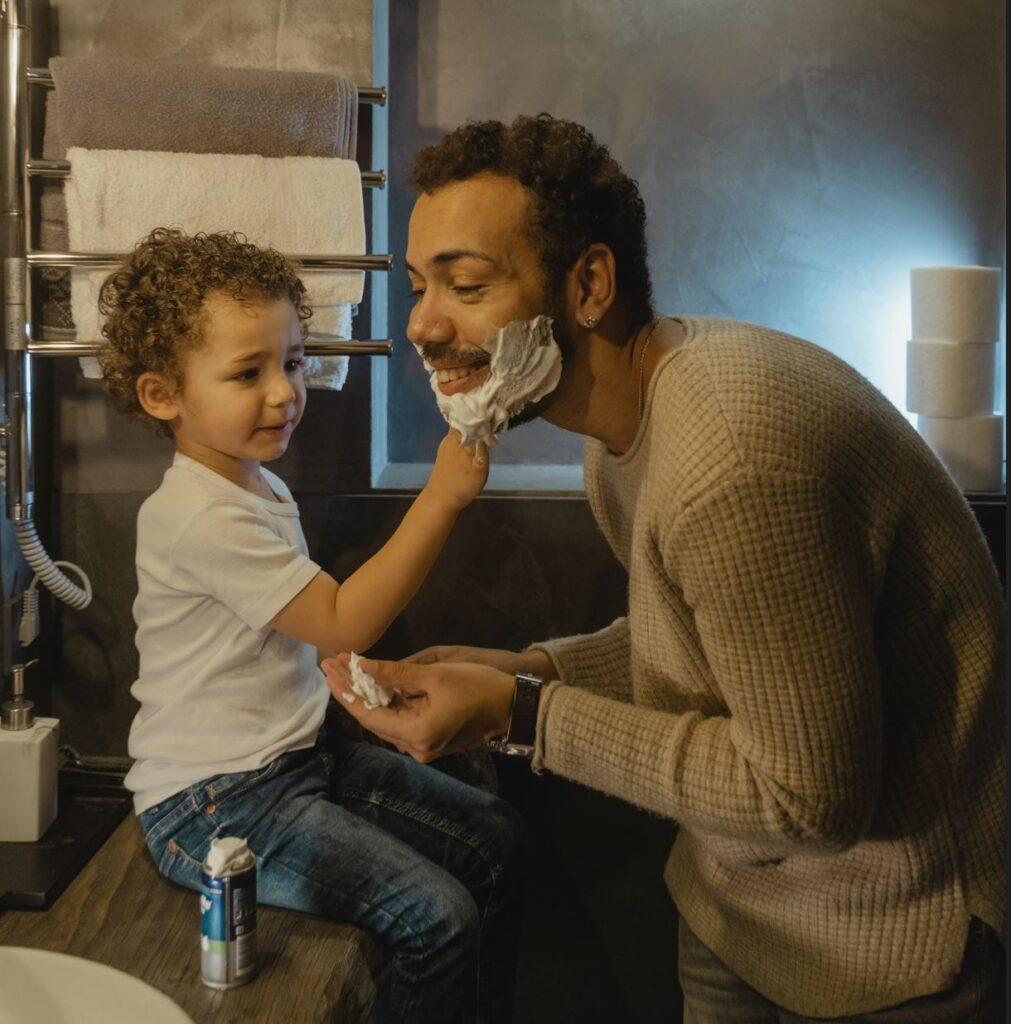
The gear
For your kids, it’s worth splashing out on a quality razor to start teach shaving. I’d recommend a five-bladed one to minimize cuts and scrapes. Remember that your child’s skin isn’t used to shaving yet and will be more sensitive than yours.
As far as shaving cream goes, I’d recommend getting one suited for sensitive skin, preferably one that contains aloe vera, as it’s excellent for soothing skin and preventing any redness that may occur due to shaving.
The only other thing you’ll need aside from a face cloth is a post-shave moisturizer. I wouldn’t worry about getting regular aftershave as it tends not to be very good for sensitive skin.
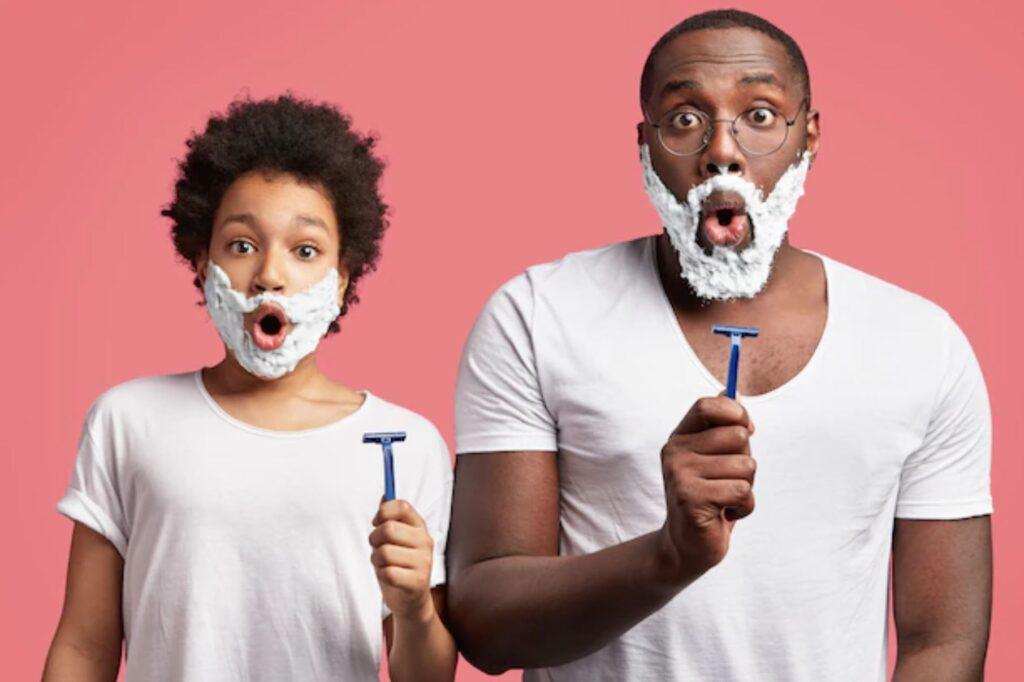
Preparation
Now that you have all the gear needed, get everything set up and ready for use. While doing that, explain to your kid what each item is used for. Ask your child if he has any questions, and most importantly, don’t rush things! This is a big step in a young man’s life. Let him have his moment!
Teach kids wet shaving
If possible, shave your face at the same time and have your son follow along. Probably not a great idea if you are a woman, though! Putting that aside, let’s go step by step and give the wet shave a mini breakdown:
- Using warm water, get your son to wash his face and neck
- Once wet, apply a small amount of shaving cream on his hands and get him to lather it up and use it to a small area, maybe under the chin (this is to test for reactions)
- Once that small area is lathered up, get your son to take his razor, get it wet, and tell him to gently glide the razor across the small lathered-up region in the same direction as the hair grows (shaving against the grain is more likely to cause cuts. So, baby steps!)
- Remind him to rinse and repeat with the razor until there’s either no more hair or no more shaving cream
- Now that he’s shaved a small region, ask him how he feels and check that there’s no reaction to the shaving cream
- Then get him to follow the same steps for the rest of his face and neck. Take action back and try and let him do it with minimal coaching, as it creates an incredible feeling of independence for the kid
- Once shaved, get your son to dab off any remaining shaving cream with a damp washcloth. DAB, DON’T RUB!
- Now get him to dab a try towel over his face and neck to remove some of the moisture
- If he has any little nicks or cuts, then reassure him that he’s okay and it’s normal and tell him to use the classic toilet paper on the cut technique to stop the bleeding
- Grab your moisturizer of choice. Remember, apply it to a small area first to ensure that his skin doesn’t react badly. If it responds badly, then rinse the area with cool water and find a more suitable moisturizer
- As mentioned, leave the aftershave for the first few shaves. Now, congratulate him on a job well done!
If you want more of a visual guide, check out this shaving tutorial video for young men.
Electric shave
An electric razor is better for minimizing the chance of cuts and nicks. However, they don’t really get as close as a regular razor gets. But if you choose to purchase an electric razor for your son then choose a good one. I’m not going to put a step-by-step guide for this as there is only one step. Shave! Obviously, make sure that your son shaves along with the hair direction and not against it, but that’s all there is to it.
Teaching a Girl to Shave
As previously mentioned, society is starting to change its attitude towards female body hair and shaving isn’t as ‘mandatory’ as it once was. That being said, it’s important to teach your daughter to shave regardless, even if they choose not to shave in the future. It’s better to know and to decide yourself!
The gear
Just like in the section for boys, a quality razor is very important. I’d recommend a five-bladed razor as it offers a smoother shave and leads to less chance of cuts and nicks. For the shaving cream, get a sensitive one containing aloe vera. The same applies when picking out a moisturizer, sensitive is best. At least until your child has gotten used to shaving. The only other thing you’ll need is a washcloth or a loafer, depending on your preference. There are different type of hair removal product, here are some examples in the below videos. However, today we are only talk about the traditional shave.
Preparation
Most women shave their arms and legs in the shower or bath. Although, I’d imagine that the last thing your daughter wants is you sitting there whilst she’s in the tub or shower! So get your daughter to take a shower or bath and, when she gets out, put on a bathing suit whilst she is still wet.
Once that’s all done, you can enter the bathroom with her and begin the shaving process. Try to make it a fun experience! There is still some negative stigma around women and body hair, and it’s crazy! Hair is natural, so make sure she knows that what she’s doing is the same thing as most women do.
Before getting into the shave, explain what’s about to happen and ask her if she has any questions. Don’t rush things, and this is a significant milestone for a young woman, so make it one she will think back to fondly in the future.
Teach kids wet shaving
Now for the shaving. Like in the boy’s section, I’ll break it down into small steps so it’s easy to follow. Unlike the boy’s area, the chances are that you won’t be shaving your legs and arms alongside your daughter. You might, and it’s up to you. But it’s not as easy as shaving a face, so things might get tricky. Anyway, here are the steps:
- Since your daughter should still be wet from the shower or bath, get her to take a small amount of shaving cream, lather up, and apply it to a small area on her leg (this is to test her skin’s reaction)
- Then get your daughter to wet her razor and gently go against the hair with the razor on the area with shaving cream on (leg hair isn’t as coarse as men’s facial hair, so going against the grain isn’t much of an issue)
- Once she’s done that section, check for irritation and ask her how she feels. If all is good, then get her to apply the shaving cream to her entire leg, front, and back
- Try to take a back seat for this bit and allow her to try and do it herself to build confidence. Just tell her not to put much pressure on the razor, especially around the ankle
- Once she’s finished shaving her legs, get her to remove any excess cream with a damp washcloth, DON’T RUB, JUST DAB! Then the same with a dry towel, get her to dab it on her legs to dry them
- Repeat the steps, only this time she’s shaving her armpits, she may need a mirror for this part, but the same shaving rules apply
- Now that she’s finished shaving apply a small amount of moisturizer to a small section of her leg. Check for reactions. If there are no bad reactions, then get her to use it all over the shaved regions
- Now congratulate her on a job well done!
If you want a few tips on making the experience fun, check out this video.
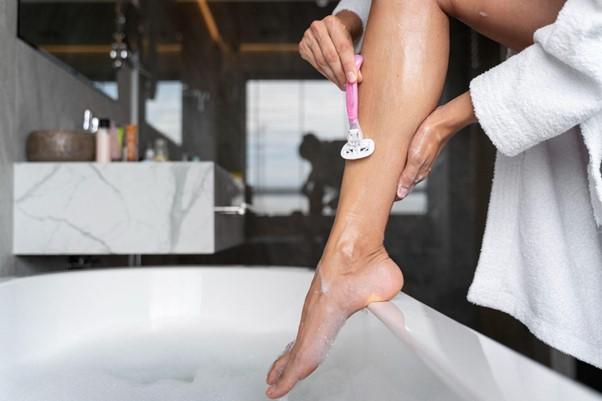
Electric shave
Electric razors aren’t as likely to cut your regular razors, but they tend not to get a close shave. If you choose to get an electric razor for your daughter, then purchase a good quality one. As with the boy’s section, I won’t explain how to use an electric razor as it’s just one step!
How often should kids shave?
As often as they feel is needed. Some people like having facial hair or body hair, others like to shave almost every day to be clean-shaven. As long as your child uses the correct moisturizer, razor, and shaving foam, then he/she/they can shave as often as they feel necessary. For more information about how often a teenager should shave
Top Hygiene Tips for Kids
Before wrapping up, I thought I’d round up some useful hygiene tips that may come in handy
- Never share razors, even between father and son, mother and daughter.
- Everybody’s skin is different. Lotions that work well on you may not work well on somebody else, so use what suits your skin and don’t use other’s lotions if you haven’t tried them before
- Do shopping for hygiene products fun! Don’t be awkward about it!
- Try to encourage your child to have a hygiene routine
- A shower is more hygienic than a bath
- Wear clean socks and underwear every day, no excuses!
- Get your kid to take a deodorant to school. You never know when they might need it
Other Positive Parenting Tips for Teens
Here are some ways you, as a parent, can assist your child during this difficult time:
- As teach kids shaving, honest and direct are also the principle when discussing other sensitive and challenge topics like drugs, drinking, smoking, and sex.
- Try to meet and learn about your teen’s friends. You can be a volunteer in school (either be a room parent or give workshop), or host a birthday party, or just invite them to playdate.
- Take an interest in your teen’s school activities. Join their big moments, such as graduate from second year in middle school, play a solo in a concert, have a soccer match etc.
- Encourage your teen to make healthy choices while also allowing him to make his own.
- Respect your teen’s opinions and consider their thoughts and feelings. It is critical that they understands you are paying attention to them.
- When there is a disagreement, be clear about your goals and expectations (such as getting good grades, keeping things clean, and showing respect), but give your teen input on how to achieve those goals (such as when and how to study). Apply the OKR method at home!
Related Reading:
- 10 Ways to Be an Upstanders in Bullying
- 14 Script Example to Tell Kids About Separation and Divorce
- Teach Teens About Money (including credit card and mobile app)
- 8 Best Positive and Gentle Parenting Books for Toddlers’ Parents
Final Thoughts from Pragmatic Lifestyle
I will tie this up with a message said throughout this article. Puberty is natural, hair, smells, and feelings are completely normal. We were all teenagers once! So, I can’t stress just how important it is to reassure your child that they are normal! If you enjoyed this article, you may enjoy this about teenage career selection.

About me
Hi, there. I am Lin. Together with my husband and two kids, we live in the beautiful Netherlands in Europe. I am dedicated to self-development, creating quality time for the whole family, and fully supporting kids with their potentials and possibilities with all I have learned from engineering, MBA, and 10+ years of working experience in the energy sector.


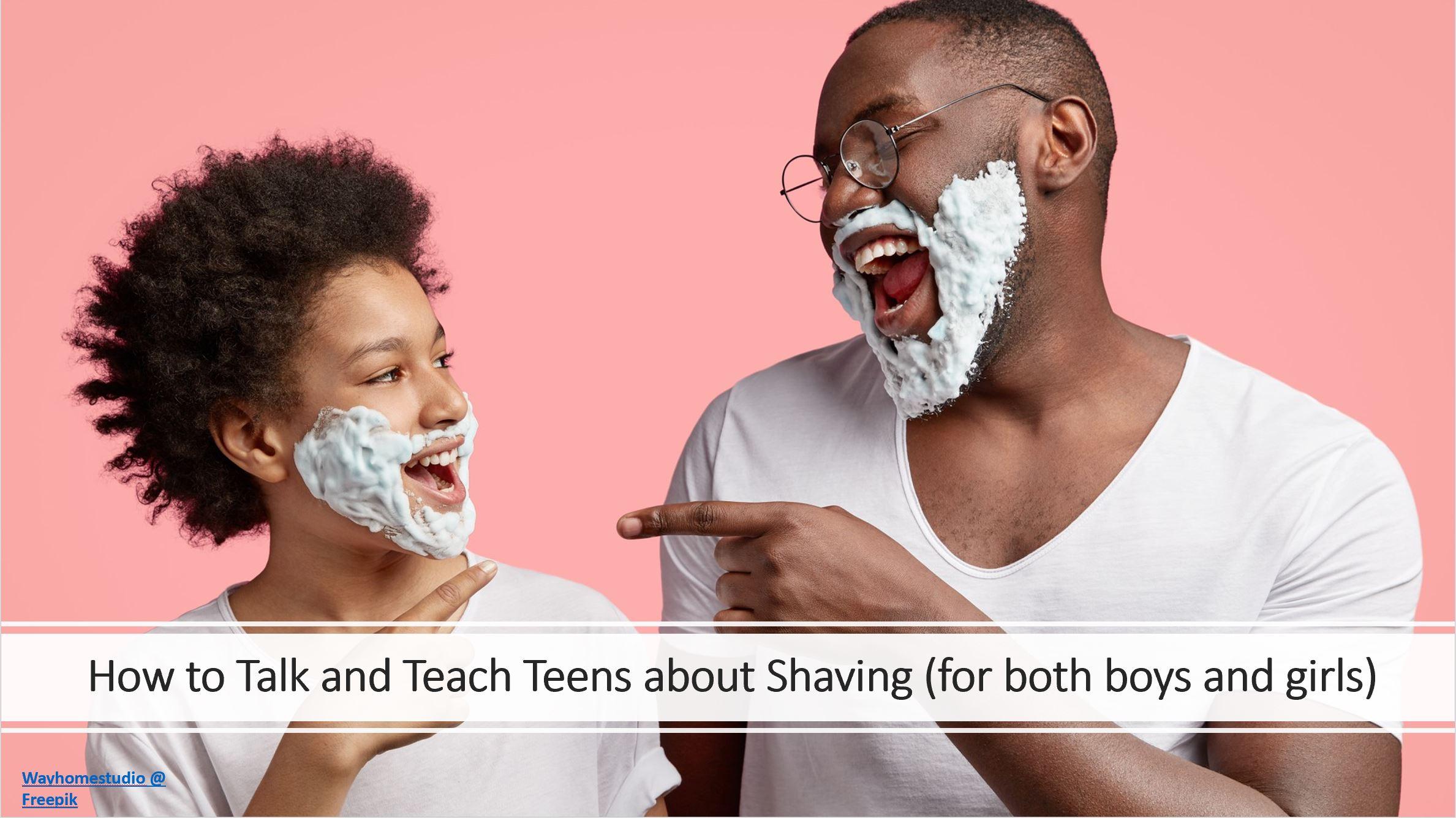
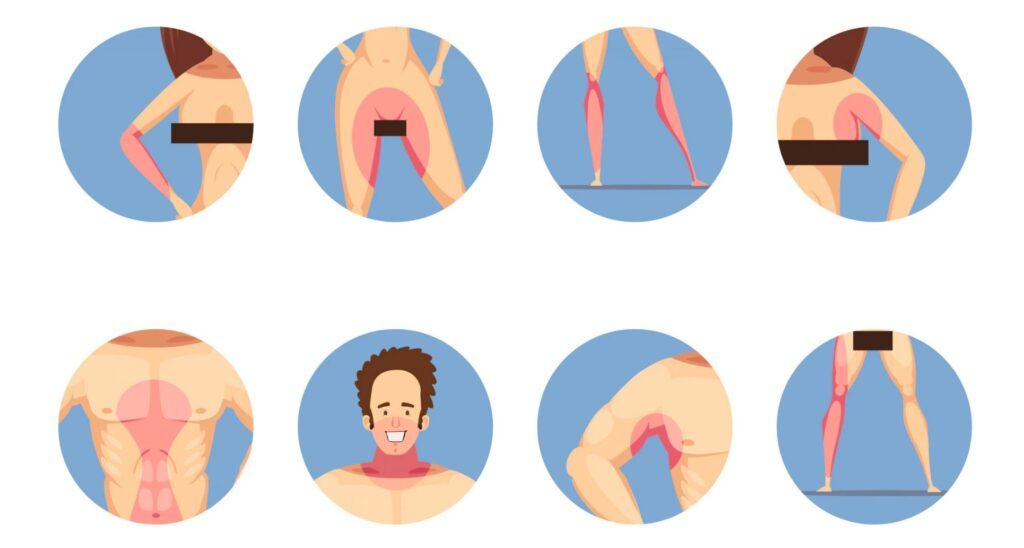

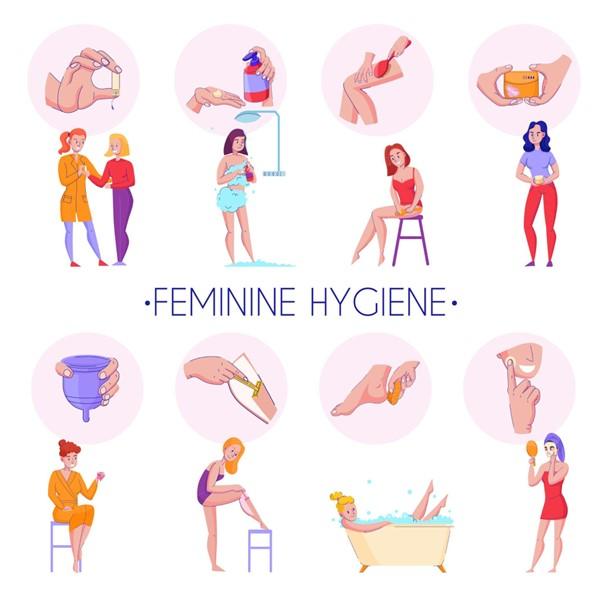
3 Comments
Comments are closed.